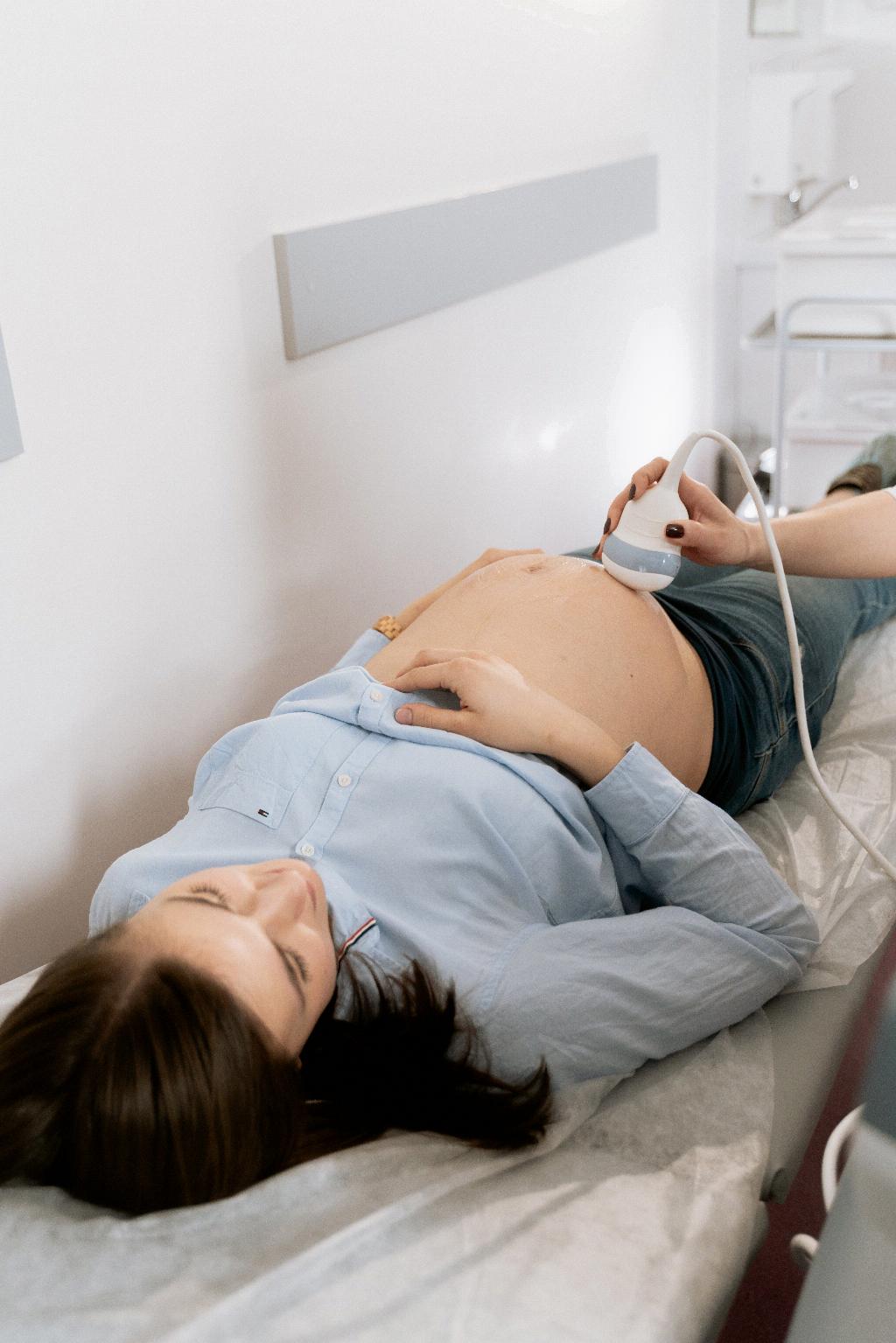When it comes to the effectiveness of a pregnancy sweep, also known as membrane sweeping or stripping, the available evidence provides valuable insights into its impact on inducing labor in pregnant women. A recent review of studies on membrane sweeping revealed some interesting findings that shed light on its efficacy.
The review indicated that out of 1000 women, around 598 who did not undergo a membrane sweep went into spontaneous labor. On the other hand, over 723 out of 1000 women who received a membrane sweep subsequently experienced spontaneous labor. These numbers offer a clear comparison of the outcomes associated with membrane sweeping.
It is essential to recognize that the effectiveness of a pregnancy sweep may vary from woman to woman. While the statistics indicate a higher likelihood of spontaneous labor among women who undergo a membrane sweep, individual responses to this procedure can differ based on various factors, including gestational age, cervical readiness, and overall health.
For many pregnant women, the decision to undergo a membrane sweep is often influenced by factors such as their due date approaching, concerns about overdue pregnancy, or preferences for avoiding medical interventions like induction of labor. Understanding the effectiveness of a pregnancy sweep can help women make informed choices regarding their childbirth journey.
It is worth noting that while membrane sweeping is generally considered a safe procedure, it may cause discomfort or mild cramping for some women. Discussing the potential benefits and risks of a pregnancy sweep with healthcare providers can help individuals assess whether this method aligns with their birth plan and preferences.
Women who have had previous pregnancies may have varying experiences with membrane sweeping, as each pregnancy and labor process can differ. Some individuals may find that a pregnancy sweep effectively initiates labor, while others may not observe the same outcome. Personal factors and medical history play a crucial role in determining the effectiveness of this procedure.
Healthcare providers play a pivotal role in guiding pregnant women through the decision-making process regarding membrane sweeping. By providing accurate information, addressing concerns, and offering personalized recommendations, medical professionals can support individuals in understanding the potential benefits and limitations of this method.
When considering the effectiveness of a pregnancy sweep, it is essential to view it as one of the options available for stimulating labor naturally. While membrane sweeping can be effective for some women, it is not a guaranteed method for inducing labor and may not yield the desired results for everyone.
Factors such as the positioning of the baby, the condition of the cervix, and hormonal influences play key roles in determining the success of a pregnancy sweep. Women are encouraged to engage in open discussions with their healthcare providers to explore the potential impacts of membrane sweeping on their unique circumstances.
The effectiveness of a pregnancy sweep is often assessed based on individual outcomes and experiences. While statistics provide valuable insights into the overall success rates associated with this procedure, the ultimate decision to undergo membrane sweeping should be informed by a combination of medical advice, personal preferences, and birth preferences.
For pregnant women considering a membrane sweep, it is essential to weigh the potential benefits of this procedure in terms of initiating labor against any discomfort or risks it may entail. By staying informed, communicating openly with healthcare providers, and considering personal preferences, individuals can make empowered choices regarding their childbirth experience.
In conclusion, the effectiveness of a pregnancy sweep lies in its ability to stimulate labor in some women, as evidenced by the findings from recent studies. While membrane sweeping can increase the likelihood of spontaneous labor, its outcomes may vary based on individual factors and responses. By understanding the role of membrane sweeping in childbirth and engaging in informed discussions with healthcare providers, women can navigate the decision-making process with confidence and clarity.

